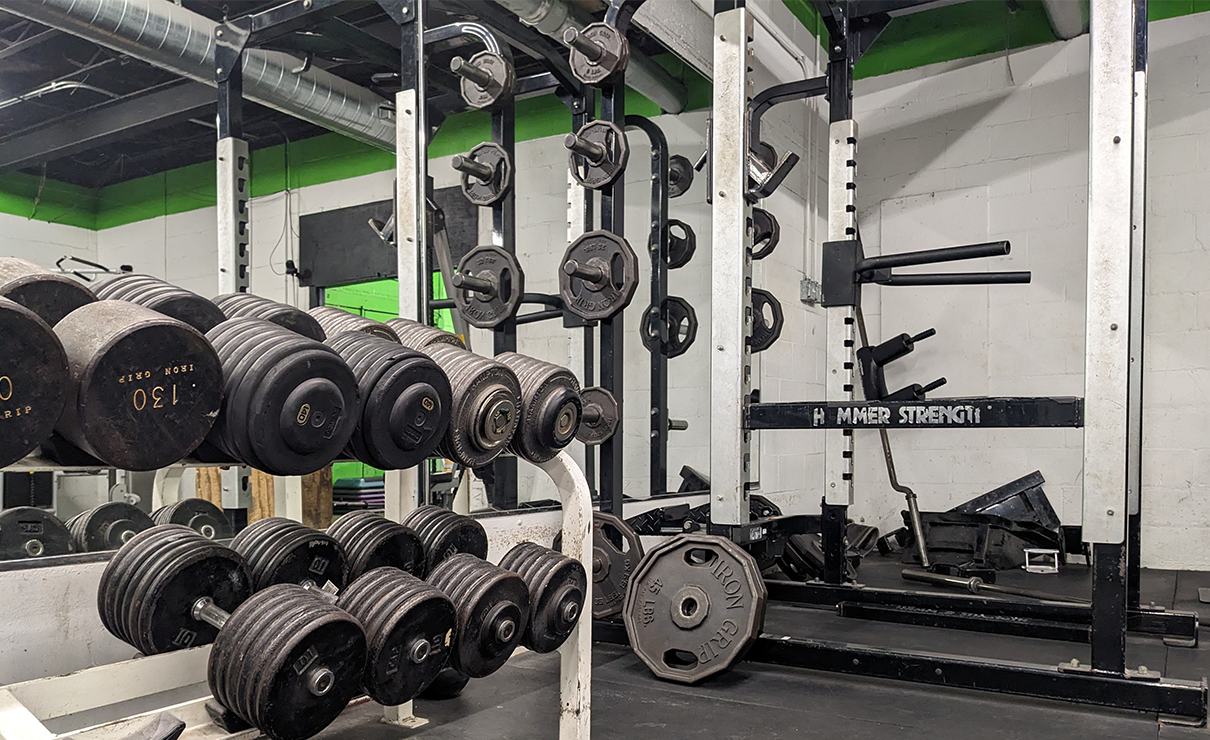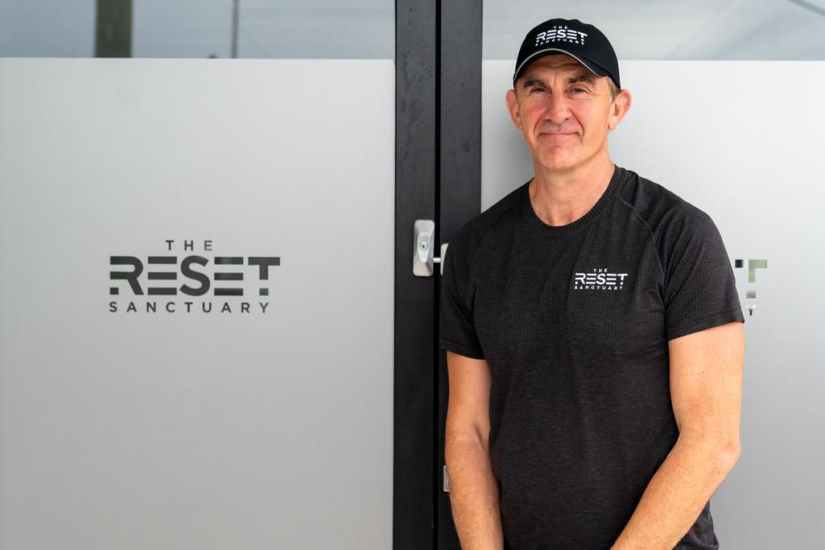Let’s be real—most people train without knowing what the hell they’re doing.
They toss some weights, leave sweaty, and wonder why they’re not changing.
And the reason? They don’t understand the basics. They don’t know how reps and sets actually work.
This isn’t just gym jargon. Reps and sets are the foundation of every smart training plan – they are the numbers that determine whether you actually get stronger, build muscle, or waste your time… You want to get strong? Build muscle? Burn fat? It all starts here.
What Are Reps and Sets? (And Why You Should Care)
Let’s get the basics straight and strip away the confusion.
What is a rep and a set? A rep (short for repetition) is one complete movement of an exercise. When you lower and raise a dumbbell in a bicep curl, that’s a single rep. A set is a group of reps performed back-to-back without rest. So if you do 10 bicep curls in a row before putting the dumbbell down, that’s one set of 10 reps.
Here’s a simple way to picture it:
- Reps are the individual spoonfuls of effort.
- Sets are the full bowls that make up the meal.
Reps and sets define your workout structure and purpose.
Why Reps and Sets Actually Matter
You can’t train effectively if you don’t understand how reps and sets control your total training volume.
Training volume = sets × reps × weight.
That’s the formula for overload, progress, and results. Get it right, and you’ll see measurable change. Get it wrong, and you’re just going through the motions.
This is also how you tailor your training to a specific goal: strength, hypertrophy (muscle growth), or endurance.
Most lifters hit plateaus not because they lack effort—but because they don’t understand how to structure their volume and training program.
Understanding reps and sets gives you the power to train with intention, precision, and progression.
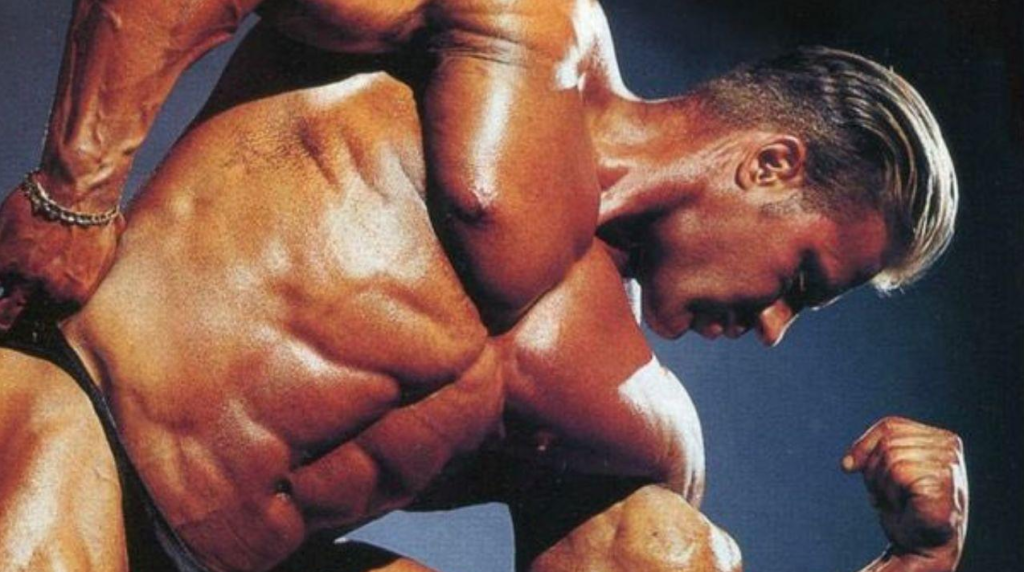
Every rep, every set, and every drop of sweat is an investment in yourself.
– Jay Cutler
Reps & Sets Based on Your Goal
Most people train without a goal. If your sets and reps aren’t aligned with your goal, your results will stall.. guaranteed. If you don’t have a fitness goal, our recent article on fitness goal examples for beginners is a great place to start.
Let’s now discuss how to structure your training based on what you want to achieve: strength, muscle growth, or endurance.
If You Want Strength…
- Reps: 1–5
- Sets: 3–6
- Rest: 2–5 minutes
- Load: 85–100% of your 1-rep max (1RM)
Strength training is about teaching your central nervous system to recruit more muscle fibers with maximum force. Fewer reps. Heavier loads. Long rest.
Think compound lifts: squats, deadlifts, bench presses. These movements train multiple muscles and demand full-body output.
If You Want Muscle Growth and Size (Hypertrophy)…
- Reps: 6–12
- Sets: 3–5
- Rest: 60–90 seconds
- Load: Moderate to heavy
Hypertrophy is the sweet spot for bodybuilders and most gym-goers. This rep range for muscle growth creates enough tension, fatigue, and metabolic stress to signal your muscles to grow.
Slow your tempo. Focus on contraction. This is about control, not ego.
If You Want Endurance…
- Reps: 12–20+
- Sets: 2–4
- Rest: 30–60 seconds
- Load: Light to moderate
Training for muscular endurance increases your ability to resist fatigue over time. It’s great for athletes, high-rep circuits, and anyone looking to improve stamina.
You won’t get as strong or as big—but you’ll last longer under load.
Can high reps build muscle? Yes, high reps can build muscle if they push your muscles close to failure. They’re better for endurance and metabolic conditioning than maximal hypertrophy.
What If You Want All Three? (Strength, Size, Endurance)
This is where most lifters thrive—training across all adaptations.
Here’s a simple rotation model (aka periodization) to avoid plateaus:
- Weeks 1–4: 3×10–12 (hypertrophy)
- Weeks 5–8: 4×5 (strength)
- Weeks 9–12: 3×15–20 (endurance)
This approach keeps you progressing long-term and avoids burnout. I highly encourage you to work with a certified personal trainer who can custom program your training based on your specific goals (strength, size, endurance), and not a social media influencer trying to sell you the latest protein powders and booty workouts.
How to Structure Reps and Sets in a Real Workout
Let’s cut the noise. If you’re showing up, pushing weight, and not tracking how your reps and sets stack up over time—you’re not training, you’re guessing. I have been going to the same gym since 2020, and I shit you not, there are dudes in there that look the EXACT same today in 2025 that they did in 2020. They are lifting the same weights, doing the same movements and programs, they have made zero progress in 4+ years. Thats sad. Please, don’t be like these people. You need goal, you need a plan.
It’s not about showing up, anyone can do that. It’s about how intelligently you train over weeks, months, and years. That’s where structure comes in. Without structure, without knowledge, there in no progress
Total Volume vs. Frequency
You want to grow? Build strength? Get leaner?
You need to understand training volume: Volume = Sets × Reps × Load (Weight).
That number determines how much stimulus you’re throwing at your body. It’s the main driver of hypertrophy, strength gains, and even fat loss when paired with the right intensity.
And here’s what the science says:
- A landmark meta-analysis from Brad Schoenfeld (2017) showed that 10 or more sets per muscle group per week produced significantly greater muscle gains compared to lower volumes.
- According to the National Institute of Health, progress doesn’t require daily max-outs. It requires progressive overload over time—gradually increasing your volume, intensity, or density.
So whether you train 2 days a week or 6, what matters most is that your weekly total volume aligns with your goal—and that it builds over time.
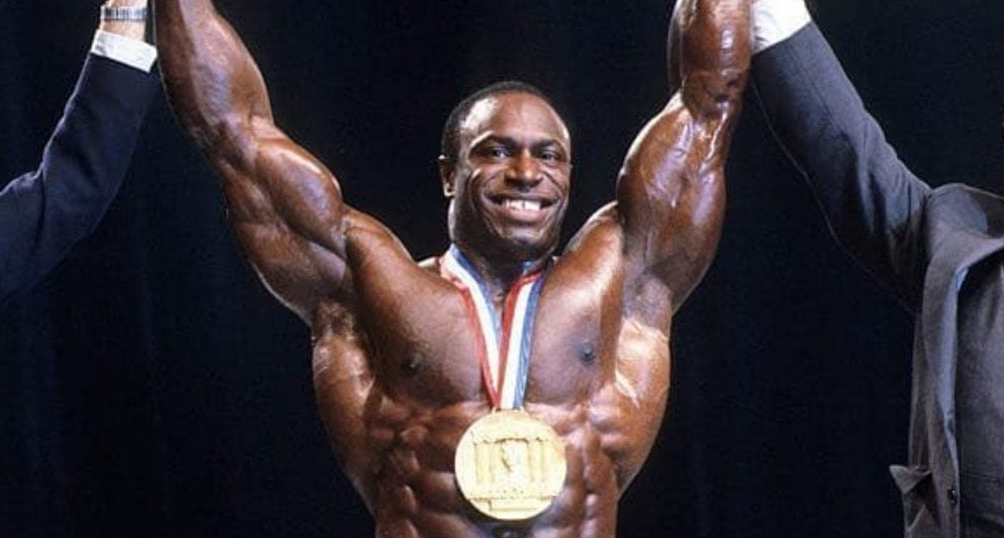
Remember, quality over quantity.
– Lee Haney
Full-Body vs. Split Training
You’ve got options. The training split you use should reflect your training age, available days, and recovery ability—not what some shredded influencer is doing on TikTok.
Let’s break it down:
Full-Body Training
Full-Body Training means hitting every major muscle group in a single session. Think squats, presses, rows—all in one workout. It’s efficient, simple, and perfect if you train 2–3 days per week. Great for beginners, busy schedules, or anyone who wants maximum return on time.
- Hit every major muscle group in each session.
- Train 2–3 times per week.
- Ideal for beginners or anyone short on time.
Split Training
Split Training breaks your workouts into focused days—like push/pull/legs or chest/back/arms. You train more often (4–6 days per week), but each session targets fewer muscles. Ideal if you’re more experienced, want to increase volume, or dial in specific areas. If these gym terms seem a little confusing, don’t worry, our weightlifting terms overview and glossary will set you straight and talking like a gym pro in no time!
- Break sessions into push/pull/legs or body-part-focused days.
- Train 4–6 days per week.
- Best for intermediate or advanced lifters.a
What does the research say?
- A 2021 systematic review published in Sports Medicine confirmed that both full-body and split training approaches produce similar hypertrophy outcomes, so long as the weekly training volume is equal.
Bottom line: Full-body training works best if you’re short on days. Split training works better if you’ve got more time and want to focus on specific muscle groups.
What is the best workout split for beginners? If you’re just starting out, go full-body 2x-3x/week (max) and focus on your form. Hit each muscle group often. Build the habit first—then scale the complexity. Any trainer who tells you to train 3x or more per week as a gym ‘newbie’ is simply looking at you as an $ATM$ pay day, and not a client.
Common Mistakes with Reps and Sets
Making mistakes is part of the fitness journey, it happens. So, let’s clear up some of the more common mistakes people make when it comes reps and sets.
Mistake 1: Blindly Copy-Pasting Routines From Others
Just because some jacked guy on TikTok does 6 sets of 15 on cable curls doesn’t mean it’s right for you.
Why? Because your training volume, goal, and recovery capacity aren’t the same.
Following a pro bodybuilder’s plan when you can only hit the gym 3 days a week? That’s setting yourself up to fail. You should be using customized reps and sets that fit your lifestyle, not someone else’s highlight reel.
Mistake 2: Chasing Numbers Over Form
This is where most egos die. Chasing numbers with sloppy form doesn’t work. It’s not training—it’s theater, and their is a TON of that going around these days.
Here’s the truth: movement quality > rep count. You’re better off doing fewer, controlled reps than pumping out 12 shaky ones just to “get the set done.” You should NEVER rush through a set unless its for a safety reason.
Pro Tip: High-quality reps create real results.
As one peer-reviewed analysis in Strength and Conditioning Journal shows, lifting with poor form increases injury risk and decreases muscle fiber recruitment.
Mistake 3: Never Adjusting Volume
This one’s sneaky. You do 3×10 for weeks. Same weight. Same rest. Same everything.
Then you wonder why your body looks the same month after month. So what went wrong?
Progress = change. You’ve got to increase reps, sets, or weight over time—what’s called progressive overload.
Should I increase reps or sets? Both are valid methods of progression. Increase reps to build muscular endurance, increase sets to raise total volume, and increase load to develop strength. The key is to track your training and consistently challenge your body. We make this extremely easy for Sabertooth clients with a mobile app. With the Sabertooth mobile app you can track workouts, reps, sets, food, calories and so much more. Check our free 7-day free trial to take the Sabertooth fitness app for a test ride.
Progressive Overload: The Missing Link
If your weight training plan looks the same every week, you’re not training—you’re repeating. Repetition without progression won’t grow your muscle mass, improve strength, or lead to real training results.
You want change? You have to challenge your body.
Why You’re Not Growing
Sticking to the same reps and sets might maintain your current level, but it won’t build new capacity. The body adapts fast! Once it’s used to a load, it stops responding.
Apply It Without Guesswork
Here’s how to use progressive overload smart, not recklessly:
- Add heavier weights over time
- Increase total training volume (sets × reps)
- Mix in lighter weight with longer time under tension
- Shorten rest between sets to raise intensity
This works whether you’re building strength or chasing a fitness goal. A 2022 study published in PeerJ found that both increasing load and increasing reps over time led to significant improvements in strength and muscle growth in trained lifters, proving that progressive overload works no matter how you apply it.
Track Effort With RIR and RPE
Knowing your reps and sets is step one. But knowing how hard you should push during those reps? That’s what separates progress from plateaus. That’s where tools like RIR (Reps in Reserve) and RPE (Rate of Perceived Exertion) come in. They give you a simple way to measure effort so you’re not stopping too early or pushing so hard your form breaks. If you’ve ever finished a set and thought, “Could I have done more?”, this is how you start answering that with precision.
- RIR (Reps in Reserve): Stop 1–2 reps before failure.
- RPE (Rate of Perceived Exertion): Rate each set on a scale of 1–10 based on difficulty.
These systems help regulate fatigue while still applying progressive overload.
Quality reps and intensity of effort. People who don’t understand the concept will dismiss it outright without truly trying it.
– Dorian Yates
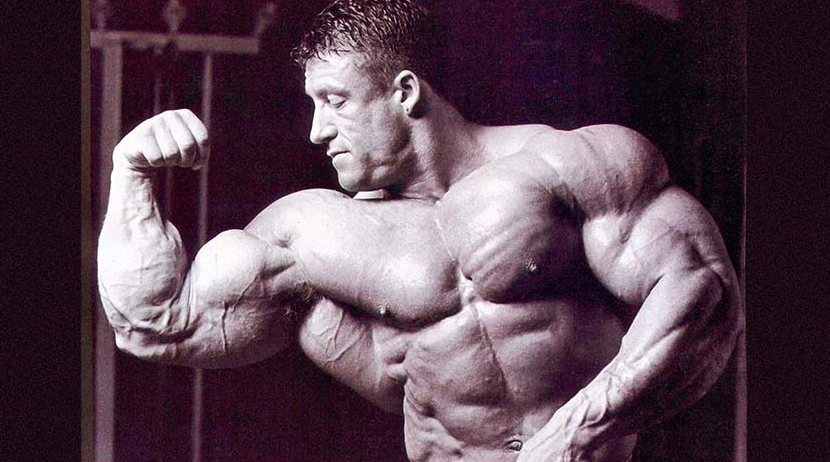
Reps and Sets FAQ
Is 3 sets of 10 good?
Yes. 3 sets of 10 is a proven training standard for building muscle strength and size, especially for beginners. It balances volume, recovery, and learning proper form.
What’s more important: reps or sets?
Both matter. Reps control intensity, while sets drive volume. Your fitness goal determines which one takes priority—heavier weight and lower reps for strength, higher volume for hypertrophy.
Can I build muscle with high reps?
Yes, but only if the weight is challenging and you’re pushing close to failure. Light weights with poor intensity won’t trigger muscle growth.
How many reps for toning?
Toning = fat loss + muscle retention. Use moderate-to-high reps (10–15), short rest periods, and prioritize intensity over “going through the motions.”
Should I train with heavy weight or lighter weight?
Use heavy weight (4–6 reps) for strength, and lighter weight (12–15 reps) with higher time under tension for endurance or conditioning. Match the load to your outcome.
The Art of Reps and Sets
Reps and sets isn’t about counting numbers. It’s about building muscular strength, shaping muscle size, and chasing your workout goals with purpose. You can have the best gym and gear… but if your training lacks structure, progression, and intent, you’re just wasting time.
Reps and sets are tools. They shape your growth.
Whether you’re brand new to resistance training or you’ve been lifting for years, this doesn’t change: You get what you earn. And you only earn results when your training sessions are aligned with your goal, your fitness level, and your ability to stay consistent over a long enough period of time.
Want more strength? Train for it.
Want more muscle? Structure your volume and rest.
Want change? Then stop guessing and start tracking.
Now you know the real facts about reps and sets.
Time to lift!
~ Rob



